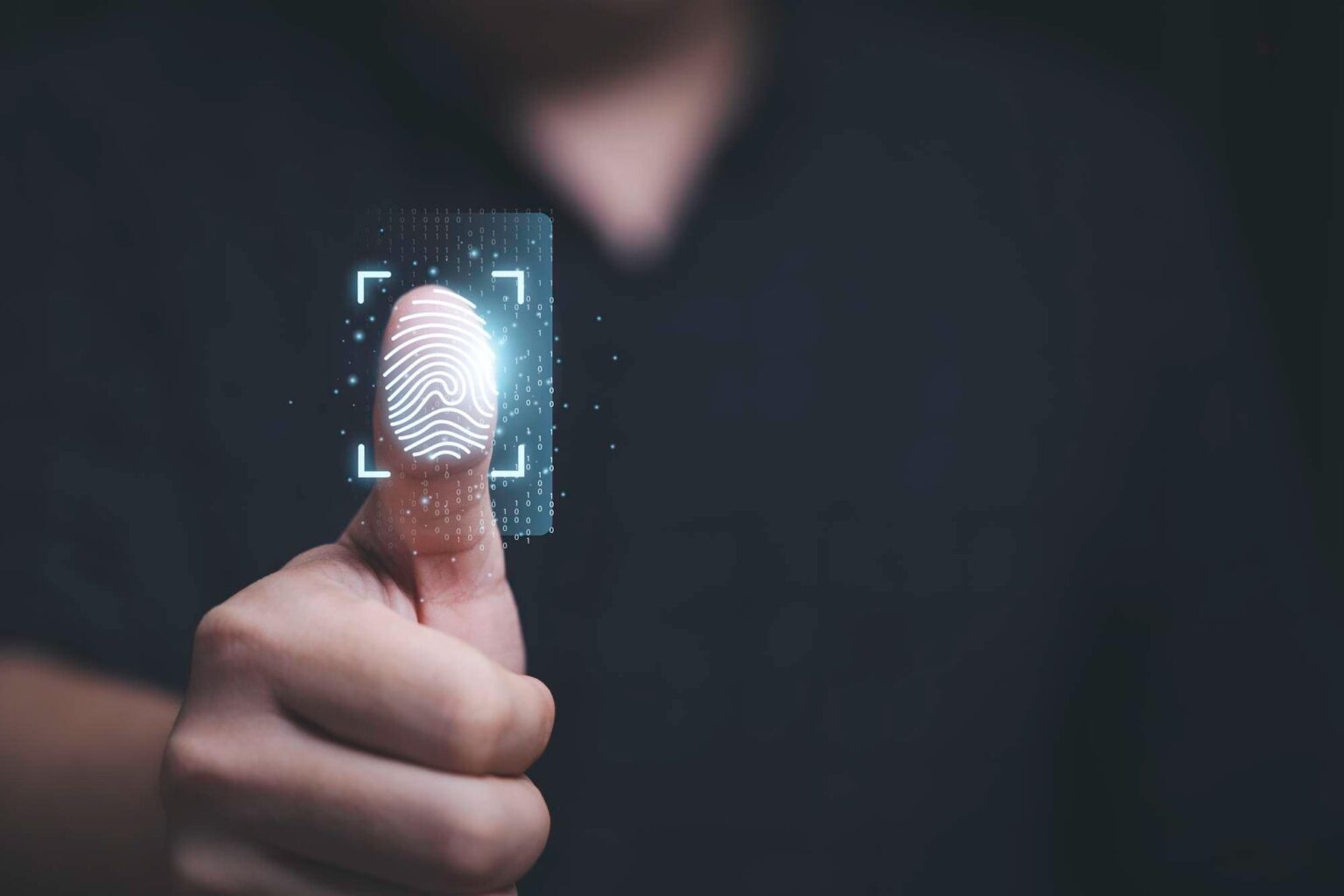Advancements in biometrics and authentication have significantly enhanced secure identity verification methods. Biometrics refers to the unique physiological or behavioral characteristics of individuals, such as fingerprints, facial features, iris patterns, voiceprints, and even gait. These characteristics can be used to verify and authenticate the identity of individuals with a high level of accuracy and security.
Here are some key advancements in biometrics and authentication:
- Fingerprint Recognition: Fingerprint recognition is one of the oldest and most widely used biometric authentication methods. Advancements in fingerprint sensors and algorithms have improved accuracy and speed. Capacitive and optical sensors are commonly used, while newer technologies like ultrasonic sensors provide higher accuracy and spoof detection.
- Facial Recognition: Facial recognition technology has made significant progress, thanks to advancements in computer vision and machine learning algorithms. High-resolution cameras, 3D depth sensors, and infrared sensors are used to capture and analyze facial features, enabling reliable identity verification. However, challenges remain, such as dealing with variations in lighting conditions and the potential for spoofing.
- Iris Recognition: Iris recognition involves capturing the unique patterns in an individual’s iris, which remains stable throughout their lifetime. High-resolution cameras and iris recognition algorithms can accurately identify individuals even from a distance. Iris recognition is considered highly secure and reliable.
- Voice Recognition: Voice recognition technology analyzes the unique vocal characteristics of individuals, such as pitch, tone, and speech patterns, for authentication. Advancements in speech recognition algorithms and voice biometrics have improved accuracy and made voice recognition a viable authentication method, particularly for phone-based applications.
- Behavioral Biometrics: Behavioral biometrics involve analyzing patterns in human behavior, such as typing rhythm, mouse movement, signature dynamics, and gait analysis, to authenticate users. These characteristics are difficult to replicate, making behavioral biometrics an additional layer of security for authentication.
- Multimodal Biometrics: Combining multiple biometric modalities, such as fingerprint and facial recognition or fingerprint and iris recognition, provides enhanced accuracy and security. Multimodal biometrics can overcome limitations of individual biometric modalities and deliver more robust identity verification.
- Continuous Authentication: Traditional authentication methods often require a one-time verification process. However, continuous authentication monitors biometric and behavioral patterns throughout a user’s session to ensure ongoing identity verification. This approach offers enhanced security by detecting suspicious activities and potential account takeovers.
- Liveness Detection and Anti-Spoofing: To address spoofing attacks, advanced biometric systems incorporate liveness detection techniques. These techniques can differentiate between live biometric samples and artificial or replicated ones, such as photographs or silicone replicas. Anti-spoofing measures, such as analyzing depth information or infrared imaging, add an extra layer of security to biometric authentication systems.
- Mobile and Wearable Biometrics: Mobile devices and wearables, such as smartphones and smartwatches, have integrated biometric sensors for convenient and secure authentication. Mobile biometrics, like fingerprint or facial recognition on smartphones, enable secure access to personal data and mobile payments.
- Privacy and Data Security: Biometric data is highly sensitive, and protecting its privacy is crucial. Advancements in secure storage, encryption techniques, and secure communication protocols help safeguard biometric data from unauthorized access and potential misuse.
In summary, advancements in biometrics and authentication have revolutionized secure identity verification. Technologies such as fingerprint recognition, facial recognition, iris recognition, voice recognition, and behavioral biometrics offer reliable and convenient methods for authentication. Continuous authentication, anti-spoofing measures, and mobile and wearable biometrics further enhance security. Ensuring privacy and data security remain essential considerations in the implementation of biometric authentication systems.



